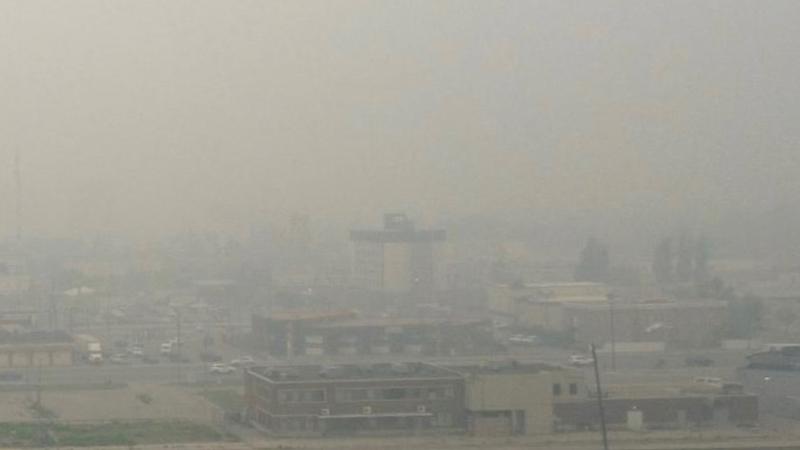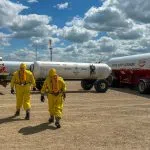
Air Quality Health Index explained as more wildfire smoke blankets Sask.
Warnings about wildfire smoke have many people turning to the Air Quality Health Index (AQHI) for updates on local air conditions. But what exactly does the AQHI measure, and how does it connect to the smoke we see — and smell — drifting through the region?
According to Environment and Climate Change Canada, the AQHI is a tool they use to communicate how clean or polluted the air is on a scale from 1 to 10+, with higher numbers indicating greater health risks.
The index measures pollutants like ground-level ozone, nitrogen dioxide, and fine particulate matter released when trees and vegetation burn. These tiny particles are so small that you can’t see them without a microscope. They are also a greater threat to humans because they can travel deeper into the lungs. The particles travel long distances through the atmosphere, so when wildfires flare prevailing winds can carry the smoke into communities far from the fire lines, which leads to the hazy skies across Saskatchewan.
An AQHI of 1 to 3 is considered “low risk,” while readings of 7 or higher indicate a “high” to “very high” health risk, especially for people with respiratory conditions, the elderly, children, and those who work outdoors.


